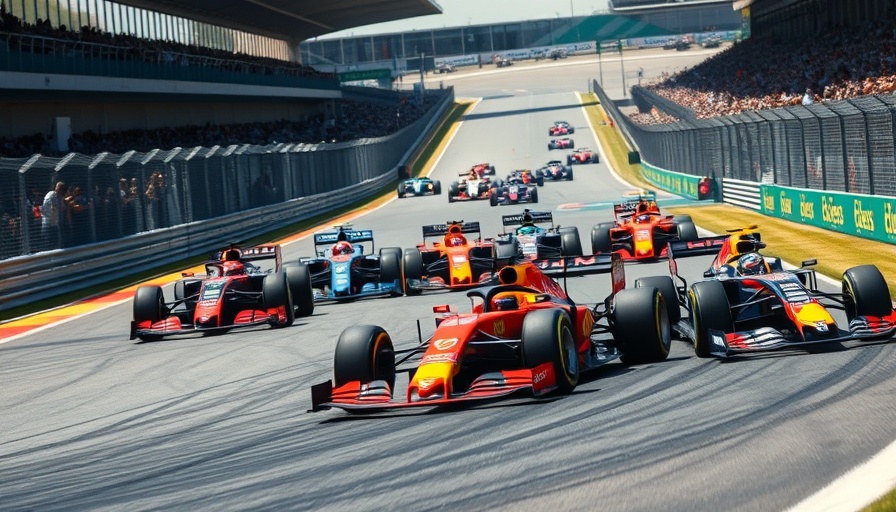
How F1 Plans to Maintain Balance with New Power Units
The highly anticipated 2026 Formula One power units are set to introduce significant changes aimed at preventing imbalances seen in previous seasons, particularly the dominance that Mercedes exhibited after the 2014 power unit overhaul. With the upcoming power units expected to produce over 1,000 bhp (750 kW), the design adjustments highlight F1's commitment to a competitive landscape.
Addressing Past Inequities: The 2014 Example
Historically, F1 has faced challenges with performance disparities among teams. Nikolas Tombazis, FIA’s single-seater director, stressed that the 2014 situation, characterized by Mercedes' unbeatable performance due to extensive early investments, should serve as a critical learning point. To avoid a repeat performance, F1 is not only implementing technical regulations but also establishing development provisions for underperforming teams.
Changes to the Power Units: What's New?
The new engines will feature a turbocharged 1.6-litre V6 internal combustion engine, but the power output for this component will decrease notably from 850 bhp to 540 bhp. In contrast, the significant boost will come from the Motor Generator Unit – Kinetic (MGU-K), which will increase its output from 160 bhp to an impressive 470 bhp (350 kW). These adjustments ensure a more balanced power delivery among teams.
Evading Pitfalls: Balancing Act in Regulations
One crucial aspect of the new power unit regulations is focusing on energy measurement rather than mass in fuel flow rates, thereby promoting efficiency and sustainability. This means that drivers must navigate strategic resource management, particularly on circuits with long straights where battery depletion could force them to adopt a 'lift and coast' strategy before braking.
Future-Proofing: Ensuring Fair Competition
The 2026 regulations are designed not just for competitiveness but also to nurture new entries into F1. Tombazis emphasized the importance of cultivating a level playing field, allowing newcomers to innovate without being perpetually disadvantaged by established teams' experience. By introducing mechanisms for additional development work under the cost cap, F1 is assuring that no team is left in the shadow.
As these changes roll out, the F1 community watches closely, eager to see if these measures will restore competitive balance while promoting innovation and sustainability in motorsport.
 Add Row
Add Row  Add
Add 

 Add Row
Add Row  Add Element
Add Element 




Write A Comment